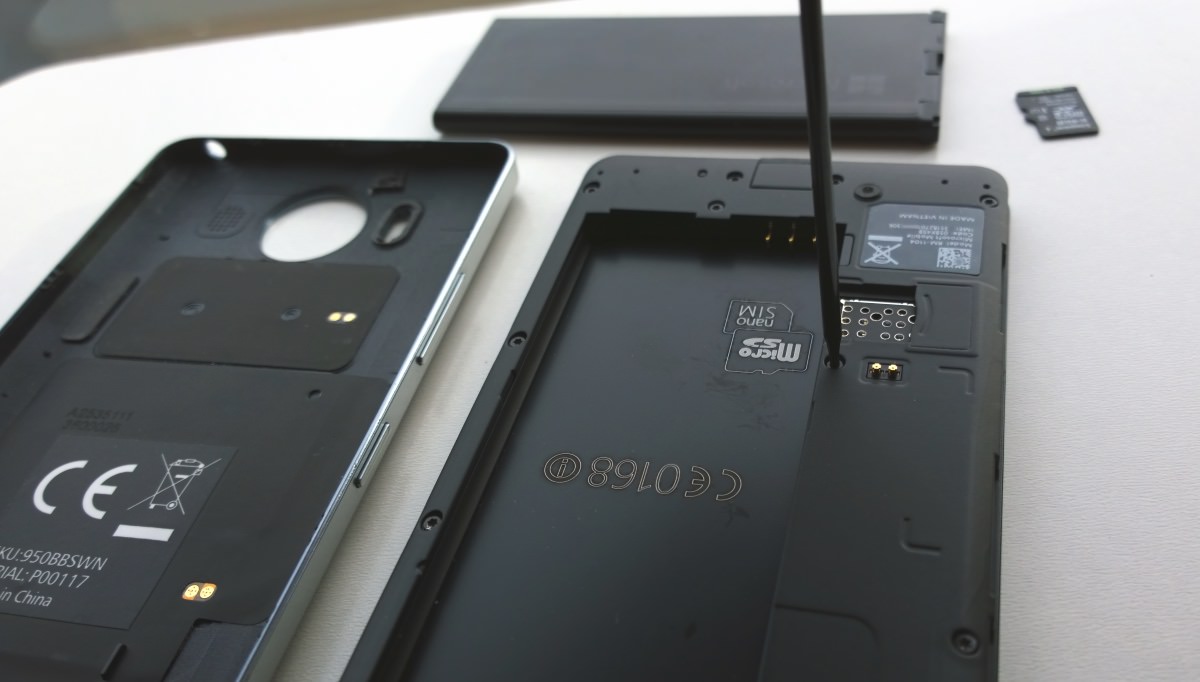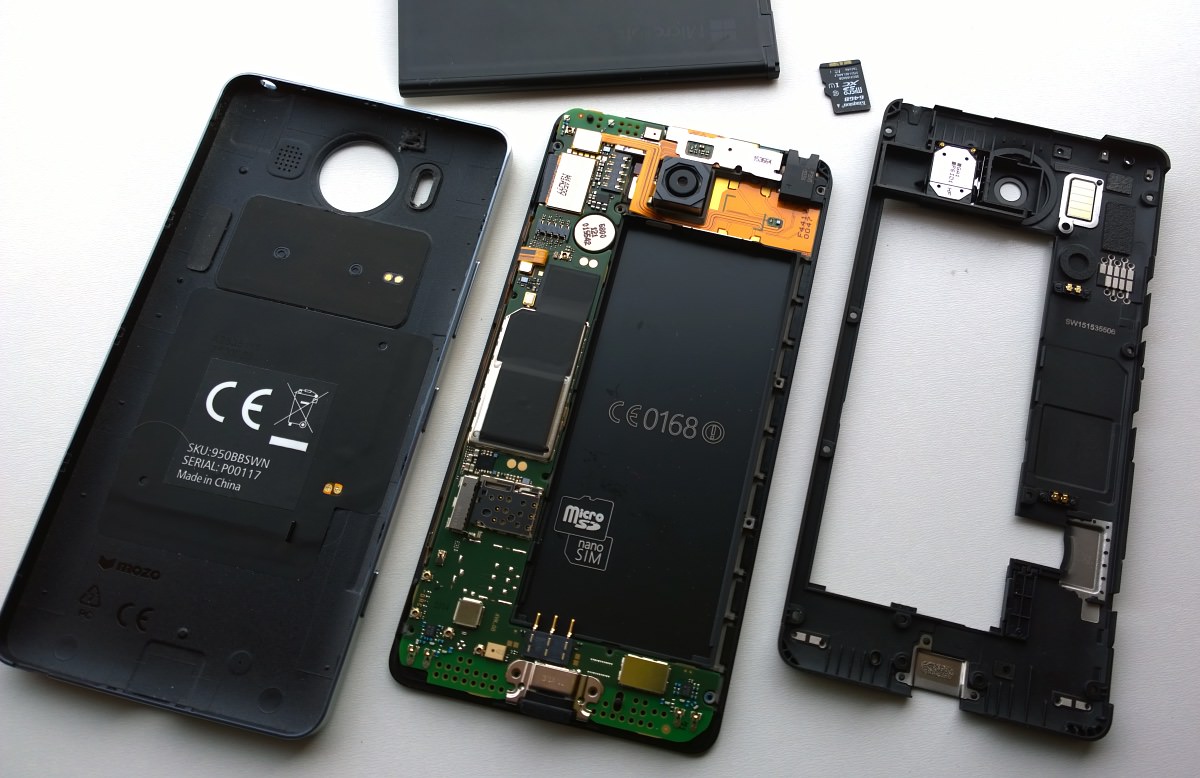The divide between proponents of sealed and modular (for want of a better word) phones has been there for years, of course. Here's a brief guide to the advantages and disadvantages of each approach:
| Sealed | Modular | |
| Examples | All Apple iPhones, Samsung Galaxy S6/7 variants, Nokia N8, Nokia Lumia 920, 930 and 1520 | Samsung phones pre-Galaxy S6, Nokia 808 PureView, Nokia/Microsoft Lumia 530, 640, 830, 950 and 950 XL |
| Pros |
|
|
| Cons |
|
|
When a phone is brand new, shiny and empty, it's fair to say that most people will agree that a 'sealed' approach is more attractive, simpler and with obvious advantages, but I'd argue that as a phone gets past its first year and thus out of warranty, the pendulum swings significantly in the other direction. A year down the line, storage is possibly full, the battery down to as little as 70% of its original capacity, various parts of the phone may be marked (due to drops) or even defective, and all of these can be sorted out at minimal cost and inconvenience if the phone is even slightly 'modular'.
As a recent example, let's take the Lumia 950, produced by Microsoft for 'fans' and ticking just about every spec and modular box along the way. It's as if the designers looked at sites like AAWP, wrote down a list of things people liked or really wanted (e.g. function A from phone Y and function B from phone Z) and then said 'yeah, let's do the lot'. Aside from a Xenon flash (for me), the Lumia 950 has just about everything any of us have ever wanted in smartphone hardware, all within a traditional smartphone form factor.
Including being able to take the back off - revealing swappable battery and hot-swappable microSD slot. And lots of small T4 screws, which I couldn't resist also removing:

Two minutes later, the 950's back half comes away cleanly, revealing easily accessible LED flash module, camera, loudspeaker and more....

The Lumia 950 has to be one of the most repairable smartphones I've encountered. I didn't go as far as removing the main motherboard, to access the screen - I suspect that replacing screens is probably left to the professionals, however modular the phone is.
Unless you have a Fairphone 2, that is. This, in addition to being built from fairly traded and conflict-free components and materials, is also incredibly modular. Watch in the video below how it comes apart in seconds - even the screen just clips on the front and can be swapped easily:
Now the Fairphone 2 is probably an extreme case of modularity and repairability, but it points the way to how things should be done more in the future, I contend.
The Lumia 950 and 950 XL get much of the way there though - and so do all the other recent Windows Phones and Windows 10 Mobile devices, think Lumia 650, 550, 640, 640 XL, it does seem as if the 'bad old days' of the Lumia 920 and 930 are behind us in the Windows ecosystem (and remember that even the 930 wasn't impregnable, as Alvin and I showed!)
Mind you, rumour has it that the 'Lumia' name and designs have come to a halt now, with a new range of Windows 10 Mobile phones and mini-tablets to appear, perhaps under the 'Surface' brand. I'm not convinced that we've seen the last of Lumia, but I do worry that the 'Surface' emphasis on unibody metal might also mean designs which are sealed rather than modular.
Your comments welcome though - have your say here, in the comments below. How repairable do you need a phone to be? Me, I love passing on older phones to family and friends and it's very annoying to find that one broken or worn out component means writing off an entire device!
